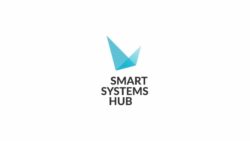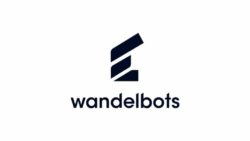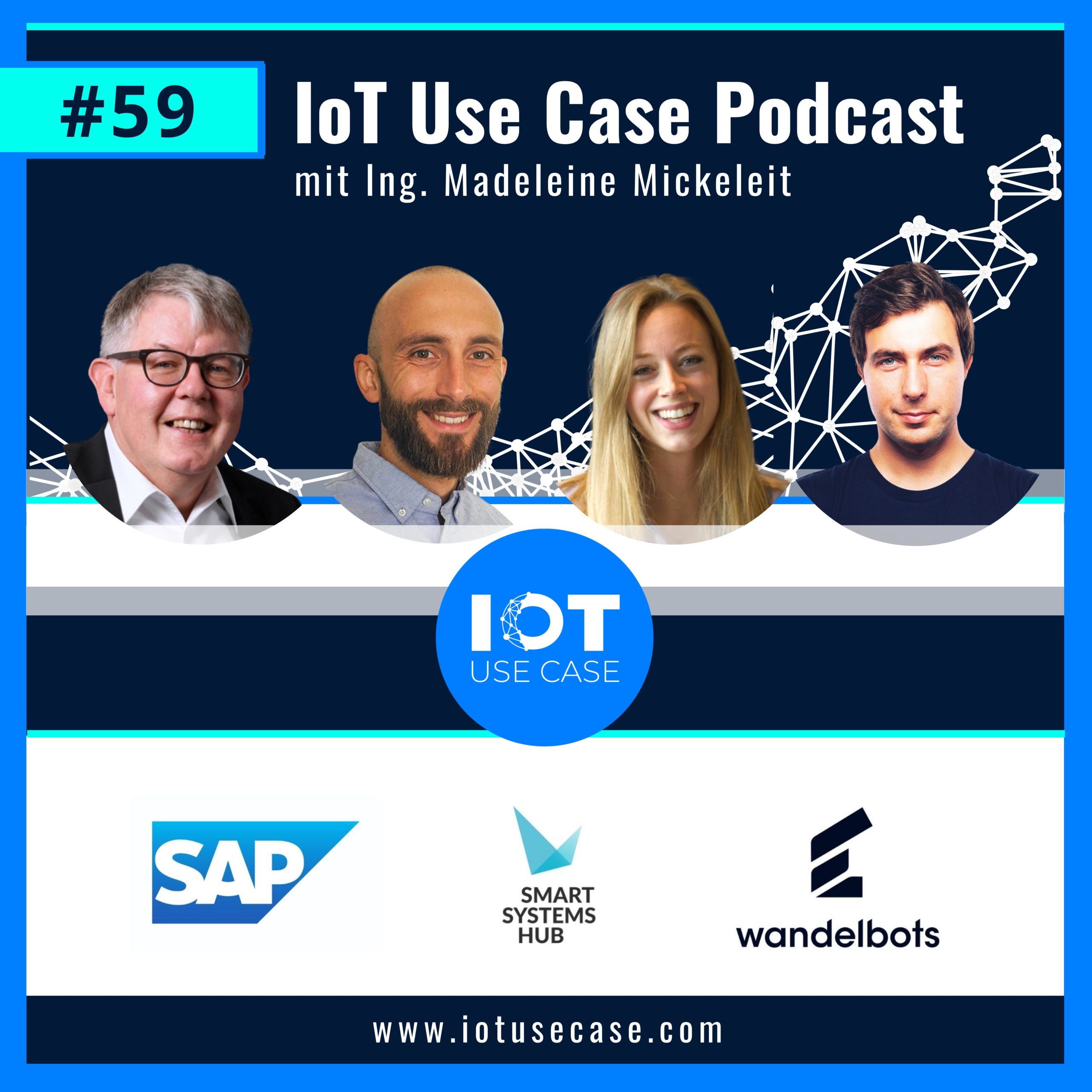Processing performance data from industrial robots in the edge and cloud allows to improve human-machine collaboration and prepare robots for a convenient rental model. In the process, users no longer buy the machine, but only its use in order processing.
The challenge: Human-robot interaction is not optimal for pay-per-use models
Cobots or “collaborative robots” are industrial robots designed for interaction between robots and humans working in the same area. They must be able to respond dynamically and quickly to people’s actions. A simple evasive movement into a rest position is not flexible enough. Especially in the area of cobots, short waiting times are also a challenge. Especially when robots are only rented for individual production steps, the efficient work of the robot and the knowledge of all data is essential for new service offers and correct billing.
Wandelbots, the provider of teaching software for programming robots, has set up a testbed for increasing the efficiency of robots in the Digital Product Factory at the Smart Systems Hub in Dresden together with development partners Infineon, SAP and Objective Partner. In addition, an “Asset-as-a-Service” business model was created on the basis of the software solution.
The solution: Evaluate performance data of a robot
The result: Asset-as-a-Service as a new business model
Overall, the solution is an exemplary model for “Asset-as-a-Service”. In the process, the supplier sets up machine tools, robots and other systems for industry at the users’ premises. The user pays according to usage, such as the number of units produced. The installer, on the other hand, takes over commissioning, maintenance and repairs in the event of technical faults. This model controls and monitors robot deployment with a digital twin of the robot built in the cloud. It is created in real time from the sensor data on the one hand and from the skills on the other. This allows users to determine the status of the device at any time and respond immediately with appropriate commands. This enables convenient rental models in which technical services relating to the robots can also come from the cloud.
However, the solution developed in the innovation lab is only an MVP (Minimum Viable Product). It offers only basic functions and shows what possibilities the Industrial IoT, cloud services, artificial intelligence and modern teaching software have. Furthermore, the solution can be generalized: Asset-as-a-Service forms a marketplace for digital services that can be connected to different machines.










